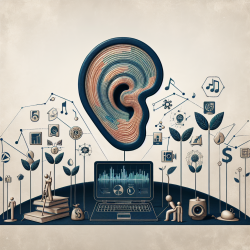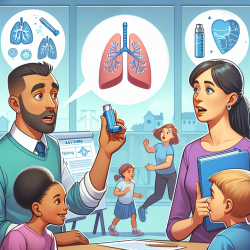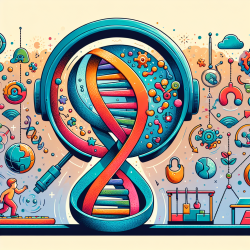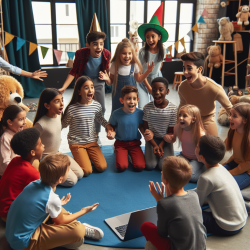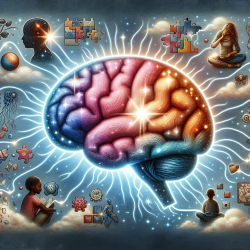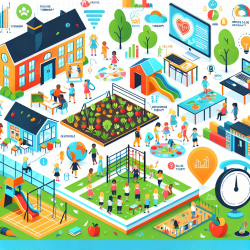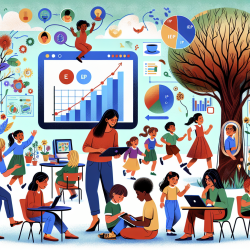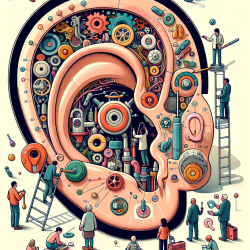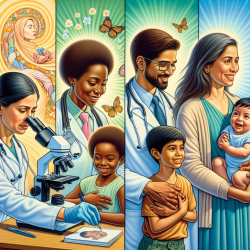As a Special Education Director and advocate for the continuous professional growth of educators and therapists, I often reflect on the transformative journey of aural habilitation over the past few decades. The advancements in technology and methodology have significantly improved the educational outcomes for hearing-impaired children. A prime example of such progress is detailed in Agnes Ling Phillips' research, "Thirty-Five Years in Aural Habilitation: A Personal Viewpoint," which offers invaluable insights for practitioners aiming to enhance their skills and encourage further research in this vital field.
Phillips' retrospective analysis underscores the pivotal role of technological advancements and the dedicated efforts of professionals and parents in the remarkable strides made in the education of hearing-impaired children. From the initial reliance on oral methods to the adoption of total communication and the latest innovations like cochlear implants, the landscape of aural habilitation has evolved to open new horizons for affected children.
For practitioners, understanding the historical context and the progression of techniques can serve as a powerful tool in refining their approach to teaching and therapy. Here are some actionable insights drawn from Phillips' extensive experience:
- Embrace Technology: Leverage the latest auditory devices and tools to enhance the learning experience for hearing-impaired students. Familiarize yourself with cochlear implants, FM systems, and audio-loop systems to support optimal use of residual hearing.
- Focus on Early Intervention: Recognize the importance of early detection and intervention in maximizing a child's potential for developing speech and language skills. Engage with parents to start habilitation as soon after birth as possible.
- Advocate for Individualized Education: Each child's needs are unique. Advocate for educational placements and teaching methods that best suit the individual needs of your students, whether it's in special schools, mainstreaming, or a combination of both.
- Collaborate with Parents and Professionals: A collaborative approach involving audiologists, educators, and parents is crucial. Engage in continuous dialogue to ensure that every child receives the support and resources they need to thrive.
- Pursue Professional Development: Stay informed about the latest research and advancements in the field. Attend conferences, participate in webinars, and engage in networking to share experiences and learn from peers.
Phillips' journey through the evolution of aural habilitation serves as a testament to the power of dedication, innovation, and collaboration. As practitioners, there is much we can learn from this rich history to better serve our students and continue pushing the boundaries of what is possible in special education.
To delve deeper into the transformative advancements in aural habilitation and gain further insights from Agnes Ling Phillips' personal viewpoint, I highly recommend reading the original research paper. Thirty-Five Years in Aural Habilitation: A Personal Viewpoint.
